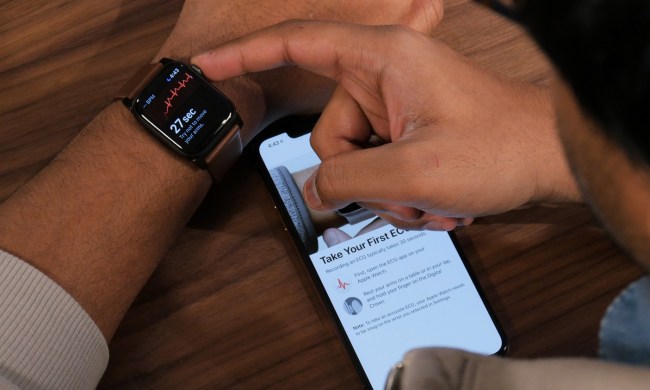In our series “What Comes Next,” Riley Winn takes a look beyond the current state of COVID-19, and looks ahead at the next steps for businesses as we move into the next phase of reopening. On this episode, he takes a look at the effect the coronavirus and subsequent shutdowns have had on the production of new shows, and the changes they’ll have to make when productions start filming again.
Watching TV has been one of the most solid and consistent forms of entertainment during quarantine. However, since productions are either on hold, in limbo, or struggling to find a way to restart, new episodes and new shows won’t be coming any time soon. Because creating television and movies requires so many of the activities that need to be avoided to stop the spread of COVID-19 — large groups of people interacting in tight spaces, and crews flying all around the world to work on different sets — getting the entertainment industry back on its feet will prove to be challenging.
In order to make this happen, there are five things that TV will change post-pandemic.
No extras
Putting 20-50 extras in a scene to flesh out a realistic environment won’t be happening any time soon. One way around that is adding digital characters into scenes, but the costs to do that require the same budgets as gigantic Hollywood movies. Green screens could be used, but that only works if they already have crowd scenes filmed. For the time being, the production value we’re used to seeing on TV may be the sacrifice producers will make to put out more episodes.
More talking, less doing
When series come back, you’ll most likely be seeing fewer action and crowd scenes to reduce the number of people involved in a storyline. This both saves money, but also makes it easier to follow social distancing and lessening the number of people on set at any given time. Traditionally, movies and TV shows try to “show, don’t tell” when it comes to character and world building, but post-quarantine Hollywood will feature more scenes of two actors talking, and smaller-scale action scenes shot on controlled sets.
More bottle episodes
A “bottle episode” of a television program refers to an episode that usually takes place in one place with few characters. Showrunners typically use bottle episodes to save production money for more expensive and elaborate set pieces during the season. When your favorite show comes back next season, there’s a possibility that we’ll be seeing a lot more of these bottle episodes.
Writing and acting
While production on new episodes is halted, writers are still hard at work creating the scripts. Many writers’ rooms have been meeting virtually to hash out ideas and storylines. However this makes scripts more rigid, and writers can’t make on-the-fly changes when scenes aren’t working. Additionally, flying actors to certain locations may be put on hold, and showrunners could turn to local talent instead.
Shorter seasons
We’re used to seeing a show’s season last up to 20 or 25 episodes, but that may change. Not only are there myriad production challenges to face in order to keep environment and people safe, but fewer episodes means that production budgets can be utilized to digitally insert extras or locations, or to build new sets for limited crews.
Currently, production houses are scrambling to find ways to put out new content safely. While we may not be sure exactly what we’ll be getting come the fall season, rest assured there will be more content being created. But just like everything else post-COVID, it too will look different.
Watch other episodes to see how tech is helping keep us safe at:



